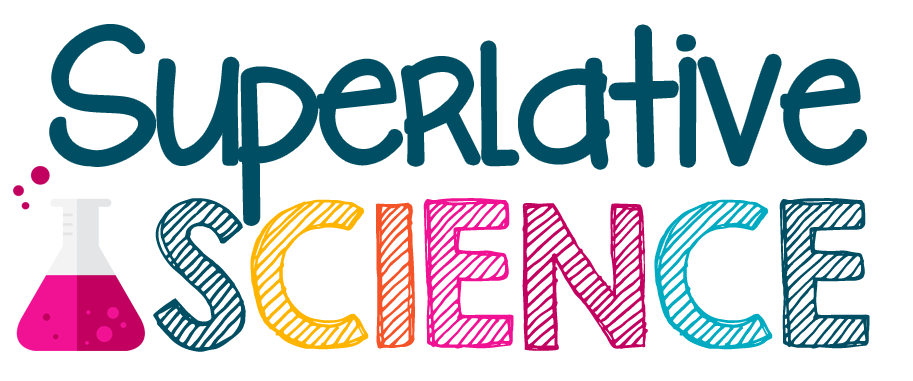
I always start off the year with the nature of science, but you can teach it anytime of the school year. The students need to learn how scientists use specific skills and processes to explore their curiosities. The first skill we learn is observation. A great easy activity for observation is to line up your class in two rows facing each other. Have them turn around facing away and change one small thing about their appearance (a button, shoelace, hairbow, collar up, etc.), have them turn back around and guess what is different. Shuffle the line and repeat. You can also have the principal or another teacher stop by for something random. Have them leave, change one thing about their appearance and stop back by in five minutes. Have everyone write down what changed and turn it in. Give the winner a prize.

Another important skill is working together and collaboration. I usually give them a challenge investigation to solve while learning how to work as a team. Something that is engaging and requires the use of inquiry skills is "The Bridge." Tell them that they will be engineers for the day and build a structure that must hold weight. A great picture book to introduce the lesson is "
Iggy Peck the Architect".


Next, give each group one notecard and a bunch of blocks the same size. The rules are that they have to keep two blocks as far apart as possible (under the outside edges of the notecard) and stack as many blocks as they can on the structure. The team with the most blocks on their structure wins. They are allowed to make one modification. Now the fun begins. They will try it all. I have seen it all! Don't tell them the answer! You can guide them, but it is important that they figure it out. The best way to build the structure is to make your one modification, folding the notecard accordian style. A triangle shape is the strongest! This activity can cover a range of grades. Keep it basic for primary and for the older grades, add in some tools like the digital scale and level. You can also add the design process or the scientific process.

I hope I have given you some ideas on how to incorporate simple activities that promote scientific inquiry.

























